Apple's decision to incorporate 3D printing technology into the iPhone Air and Apple Watch Series 11 marks a significant pivot in how premium consumer electronics are manufactured. It signals a shift toward processes that deliver better performance while sharply reducing environmental impact, and it is happening at a scale that could reshape the entire industry.
Let's break down what makes this approach compelling. The iPhone Air introduces something new: a USB-C port manufactured entirely through titanium 3D printing rather than traditional forging. The additive approach nails three things Apple cares about: a thinner profile, superior strength, and 33% less raw material used than conventional methods.
The Apple Watch Series 11 goes further. Titanium cases produced through 3D printing cut raw material usage by approximately 50% versus previous generations. That is not just an incremental improvement. It is a big reduction in waste that directly supports Apple's ambitious 2030 carbon neutrality strategy while showing how advanced manufacturing can solve real business problems.
Why titanium 3D printing makes perfect sense for Apple
Conventional titanium processing creates bottlenecks for manufacturers like Apple. Titanium alloy processing presents difficulties, including challenging machining properties and notably low yield rates. The material fights you, with high strength, low thermal conductivity, and high chemical activity, making standard techniques inefficient.
The numbers tell the story. According to analysts, traditional titanium alloy mobile phone components typically achieve only 30%-40% yield rates, far below the 80% seen with aluminum alloy parts. The processing time for titanium runs about 3-4 times longer than that of aluminum. At Apple scale, that stings.
This yield issue is not just about waste. It hits production costs, delivery timelines, and Apple's ability to meet launch demand. When you manufacture millions of devices, every percentage point in yield swings millions of dollars.
The technical process here is metal additive manufacturing, building up layers of titanium powder from a precise digital blueprint to create parts that would be difficult or wasteful with traditional machining.
3D printing sidesteps the headaches. The technology uses powdered metal in a layer-by-layer build that does not require specialized molds, which is especially cost-effective with titanium. Apple has supposedly been testing this approach through binder jetting, which creates device outlines close to actual size using powdered materials that undergo sintering for final hardening.
What this means for Apple's environmental commitments
The benefits extend beyond raw material savings. The iPhone Air reportedly incorporates 35% recycled content overall, including an impressive 80% recycled titanium, the highest percentage ever achieved in an iPhone. Titanium is tougher to recycle at high percentages than aluminum, so hitting 80% matters.
Energy use improves, too. 45% renewable electricity powers the iPhone Air supply chain. That is real progress toward carbon neutrality, and it shows that better manufacturing can raise sustainability standards without sacrificing quality.
The Apple Watch Series 11 pushes it even further. The device contains 40% recycled content, including 100% recycled cobalt in the battery and fully recycled titanium or aluminum in the case. Manufacturing runs entirely on renewable electricity across the supply chain. This is a first for Apple Watch production.
Packaging plays along. Both devices ship in 100% fiber-based paper packaging designed for easy recycling. And by printing parts closer to the final shape, the process uses only the approximate amount of metal necessary for device enclosures, instead of machining away excess as scrap.
This also sets Apple up for markets with tightening environmental rules. Build these capabilities now, gain an advantage later. Competitors cannot spin up expertise overnight.
How the manufacturing process actually works
Apple's implementation goes beyond basic 3D printing, with post-processing steps to hit premium quality. The technique employs binder jetting to create device outlines at near-final size, followed by sintering to achieve proper material properties. It is not print and ship. It is print, refine, verify.
Here is the reality behind that finish. 3D printed components typically have rough surfaces requiring additional post-processing like machining, grinding, or polishing to achieve high-precision smooth finishes. Metal 3D printing must be combined with CNC machine tool grinding and polishing processes to deliver the seamless surfaces and tight tolerances Apple customers expect.
Defect reduction matters too. Hot isostatic pressing (HIP) processes can effectively eliminate metal 3D printing defects while improving mechanical properties and material utilization. The result meets the durability and performance standards of traditional parts, a crucial factor for Apple's premium positioning.
This manufacturing approach has been led by Apple's manufacturing design team under company vice president Rob York. The investment is large up front; the transition to 3D-printed components required significant upfront investment from Apple and its suppliers, but should ultimately simplify production and reduce costs over time.
What comes next for 3D printing at Apple
This rollout reflects years of testing and strategy. The company has been testing 3D printers for steel chassis production in some smartwatches, though stainless-steel watches represent only about 10% of the Apple Watch product line. Apple has also applied this technology to the Apple Watch Ultra 3 and premium Apple Watch Series 11 versions.
Years of groundwork support the expansion. Apple holds a substantial portfolio of titanium alloy patents, with at least eight patents related specifically to titanium alloy materials. The posture suggests a long-term moat, not just a cost play, with patents that likely cover alloy recipes, processing, and post-processing methods competitors will struggle to match.
Zooming out, Apple's timing fits a broader maturation of additive manufacturing. Titanium serves as the most commonly used metal in 3D printing production, with applications spanning medical and aerospace sectors. And other manufacturers like Huawei have already used 3D printing for titanium alloy structural parts. This is part of a wider shift toward additive methods in premium electronics.
The difference is scale and integration. Others may print a few components. Apple is baking it into multiple product lines, gaining supply chain efficiencies and quality control that smaller, isolated efforts cannot match.
The bigger picture: manufacturing revolution in your pocket
The iPhone Air and Apple Watch Series 11 are not just product updates. They are proof that advanced manufacturing can deliver better products with lower environmental impact while creating competitive advantages. The iPhone Air stands as the thinnest iPhone ever made, and the first to officially feature a titanium 3D printed component, and the Apple Watch 11 showcases a fully 3D printed titanium case.
The ripple effects matter. The new manufacturing approach has the potential to streamline Apple's supply chain and trigger broader industry shifts. When Apple scales a technique, suppliers across electronics sprint to build similar capabilities to stay in the game.
So what does that mean for everyone else? Apple's success with titanium 3D printing pressures competitors to develop comparable methods or accept cost and performance disadvantages. The expertise, from powder metallurgy to post-processing and quality control, takes years to build. That is a head start.
Bottom line, we are watching a shift in how premium electronics get made. 3D printing has graduated from a prototyping tool to a production method, enabling designs that would be impossible or wasteful with traditional machining. For Apple users, that means devices that are lighter, stronger, and more environmentally responsible, while still pushing the technical envelope in a phone or a watch. For the industry, it signals that the next wave of advantage will come not only from chips or software, but from the factory floor and the way parts are made.




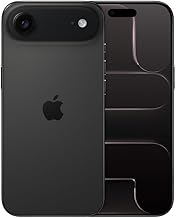

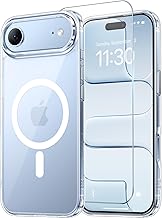


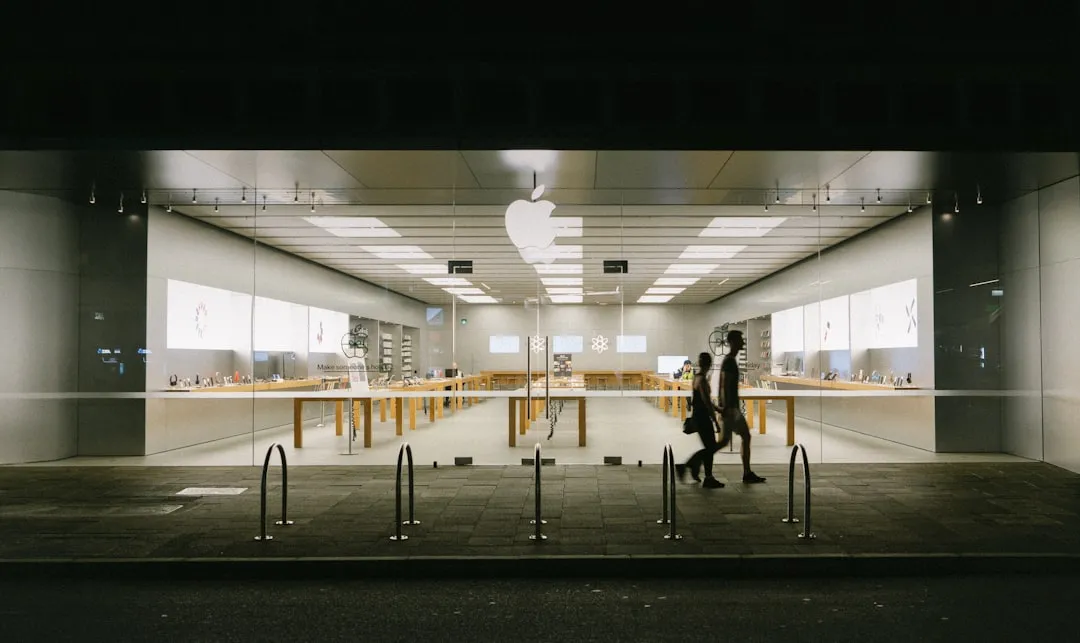

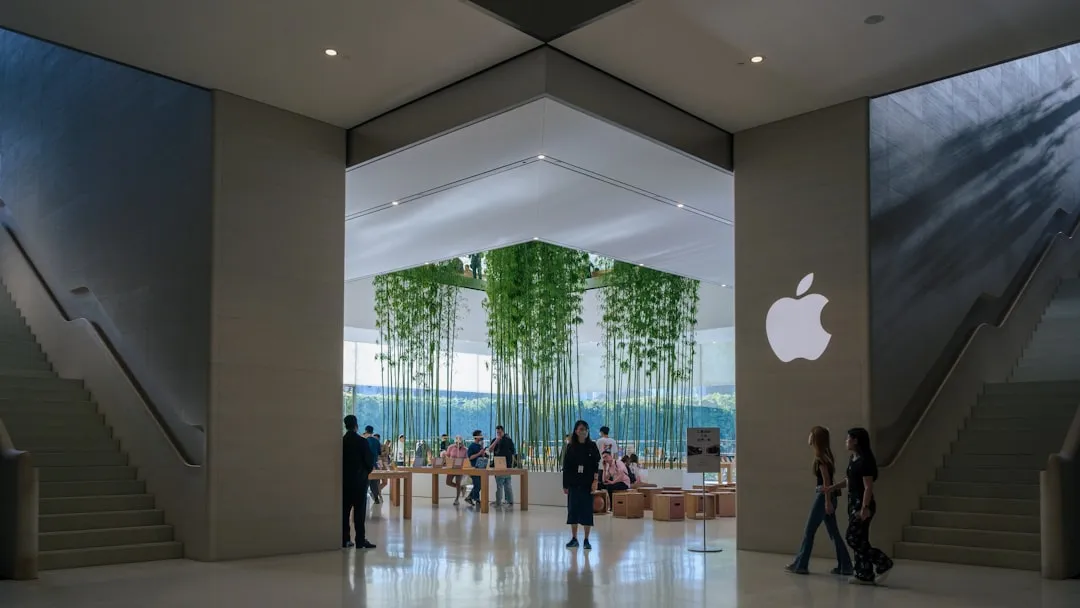

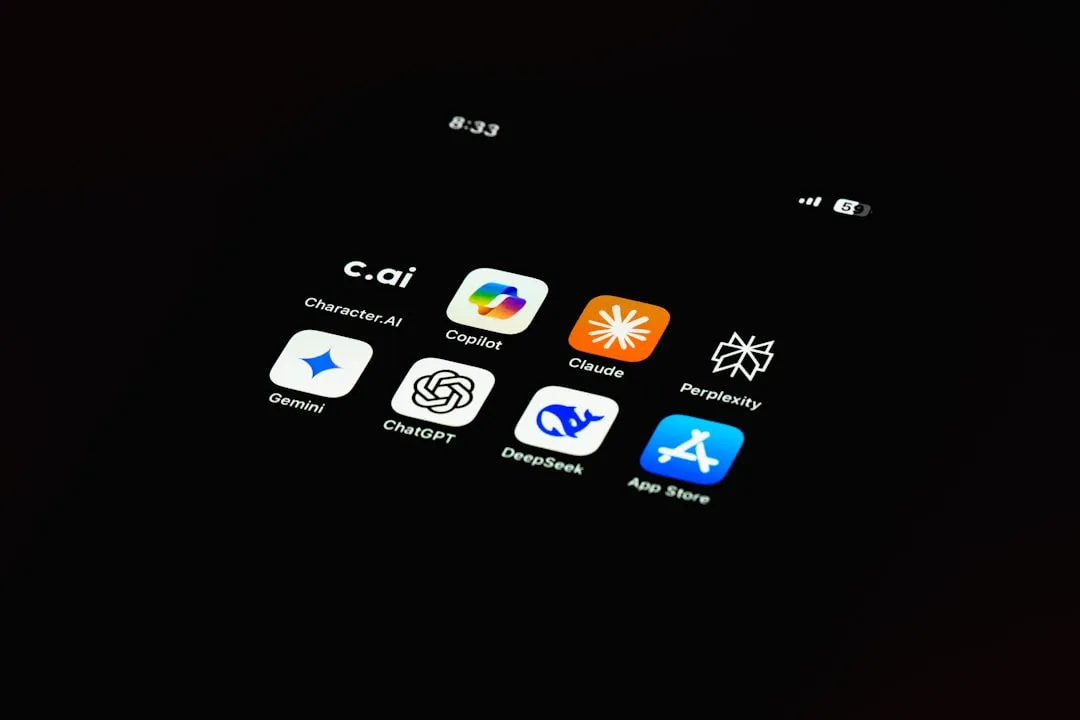


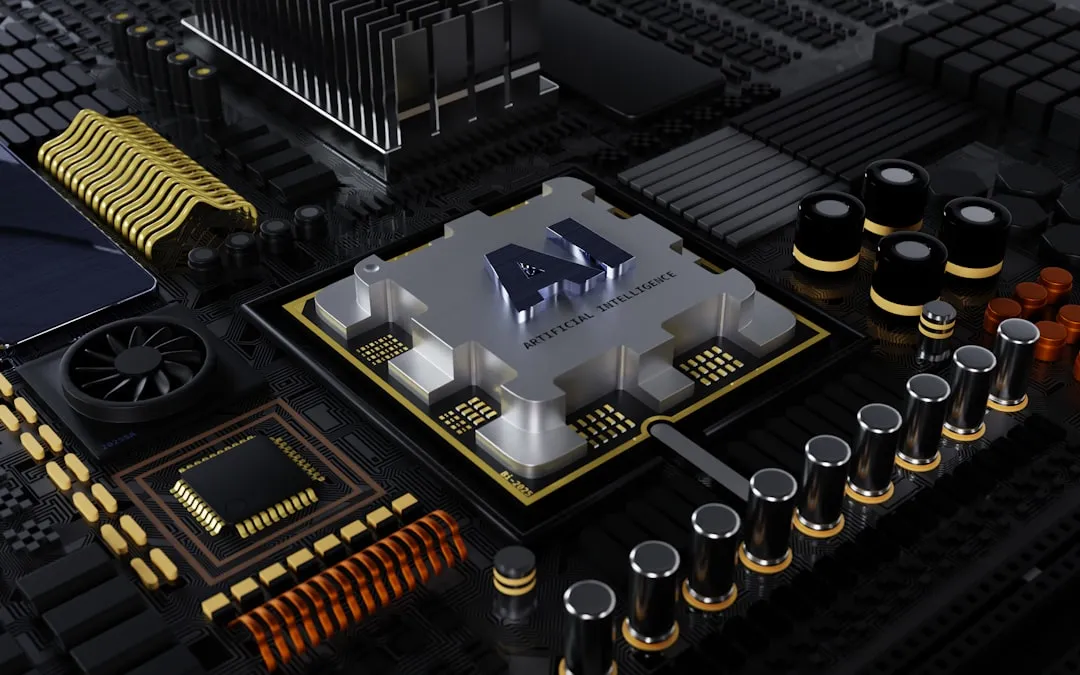


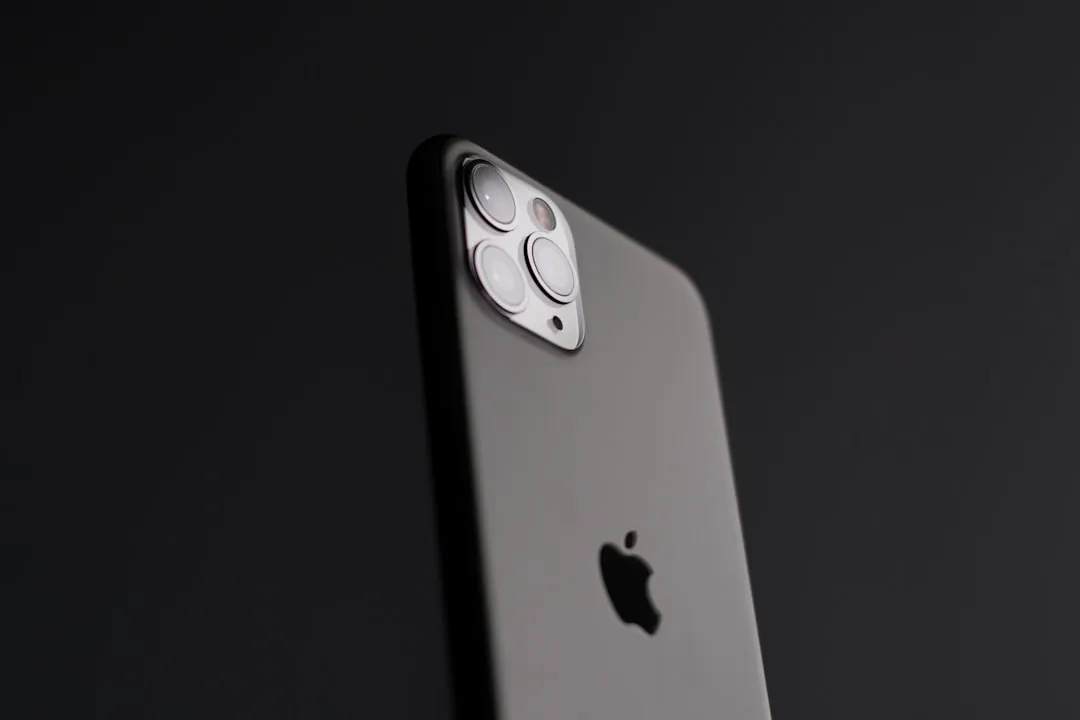


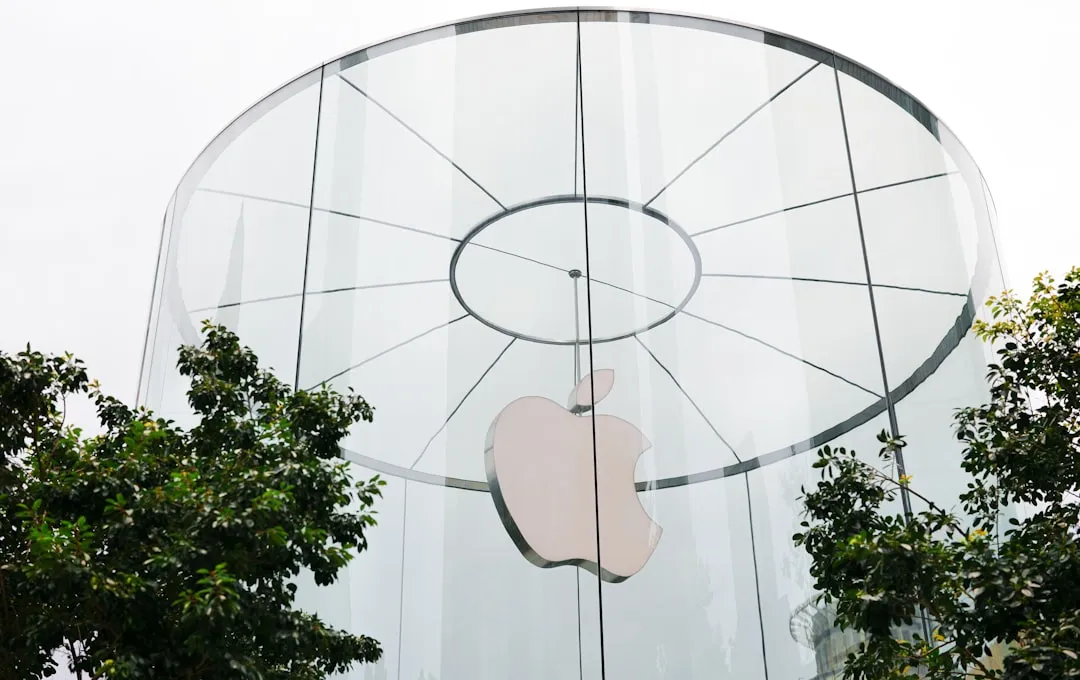
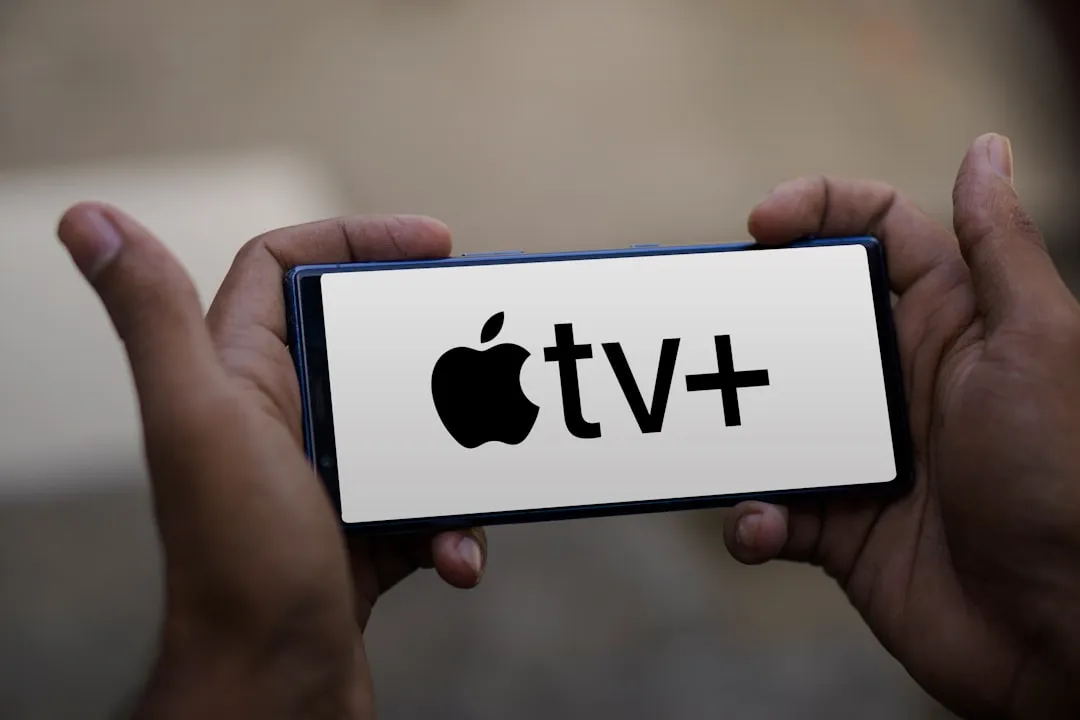
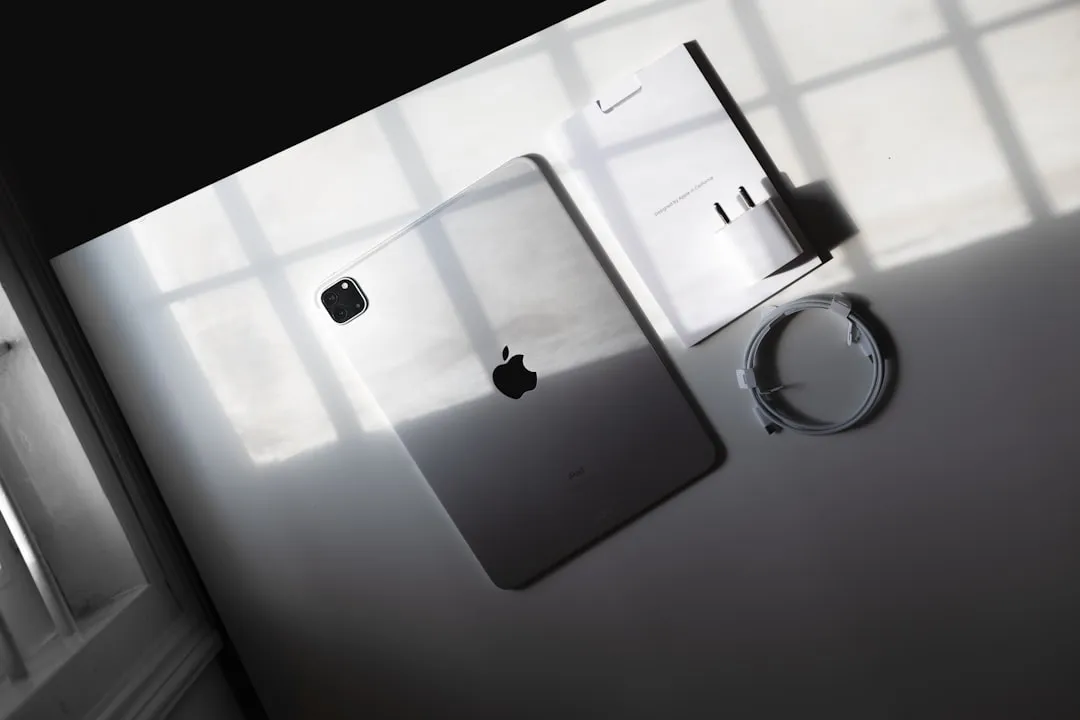

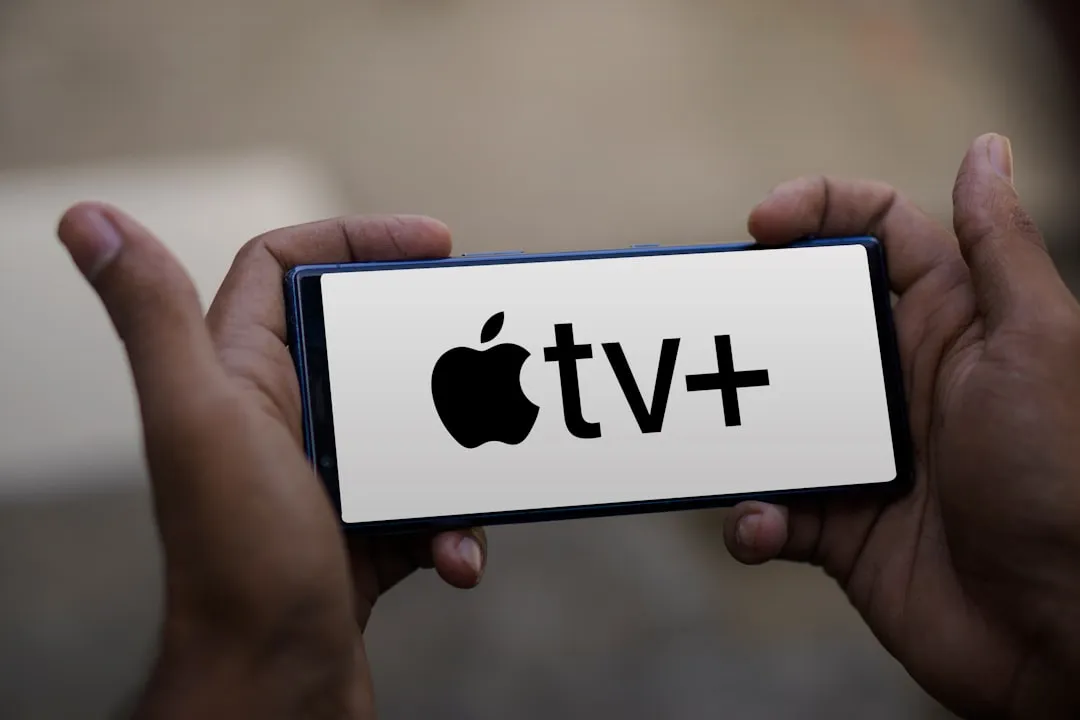

Comments
Be the first, drop a comment!